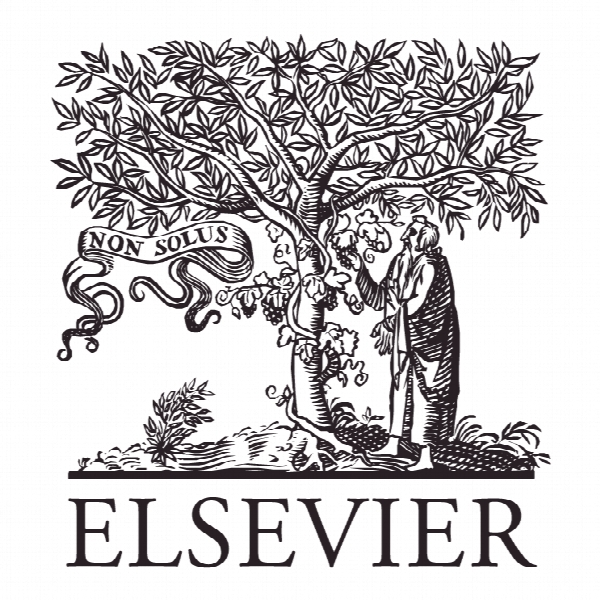اندازه گیری هزینه انعطاف پذیری Measuring the cost of resilience
- نوع فایل : کتاب
- زبان : انگلیسی
- ناشر : Elsevier
- چاپ و سال / کشور: 2017
توضیحات
رشته های مرتبط علوم فنون هوایی
مجله مدیریت حمل و نقل هوایی – Journal of Air Transport Management
دانشگاه بخش برنامه ریزی و حمل و نقل، وست مینستر، لندن، انگلستان
نشریه نشریه الزویر
مجله مدیریت حمل و نقل هوایی – Journal of Air Transport Management
دانشگاه بخش برنامه ریزی و حمل و نقل، وست مینستر، لندن، انگلستان
نشریه نشریه الزویر
Description
1. Introduction The primary objective of the ‘ComplexityCosts’ project is to better understand European air traffic management (ATM) network performance trade-offs for different stakeholder ‘investment’ mechanisms. We define such mechanisms as those designed to afford resilience for one or more stakeholders during disturbance, and to which we may assign a monetary cost. Hence they may be considered as ‘investments’, and quantified as such e since we are also able to monetise their impact. As a simple example, an airline may strategically add buffer to a schedule in order to mitigate tactical delay costs. We include both advanced and basic mechanism types, in order to compare the relative efficacy of simpler (often cheaper) solutions with those afforded through the implementation of advanced technologies. The types of mechanism are further differentiated as shown in Table 1. To better reflect operational realities, for each investment mechanism ultimately adopted in the model the rate of adoption will be differentially assessed within the stakeholder groups, for example as a function of the airline business model. Although highlevel roadmaps have been developed within the European ATM Master Plan (SESAR, 2012) and associated contexts (such as the Pilot Common Project (European Commission, 2013a; SESAR, 2013)), the ComplexityCosts model will further refine the relationship between selected mechanisms and stakeholder uptake. Whilst some components of the model are already implemented, our focus is very much on reporting the design thereof, its wider methodological framework, and the context of resilience in complex networks. Having cause to frequently refer to disturbance, we define this at the outset as an event, either internal or external to a system, capable of causing the system to change its specified (stable or unstable) state, as determined by one or more metrics. This will be expanded upon further both in the discussion on defining resilience (Section 2) and on the early modelling itself (Section 3). Each model scenario comprises a given set of starting (input) conditions, not only defining the disturbance, but also including the input traffic, assumed capacities, and mechanisms applied. In this paper, we describe both the model design and the mechanism selection process, with a focus on the supporting metrics.


